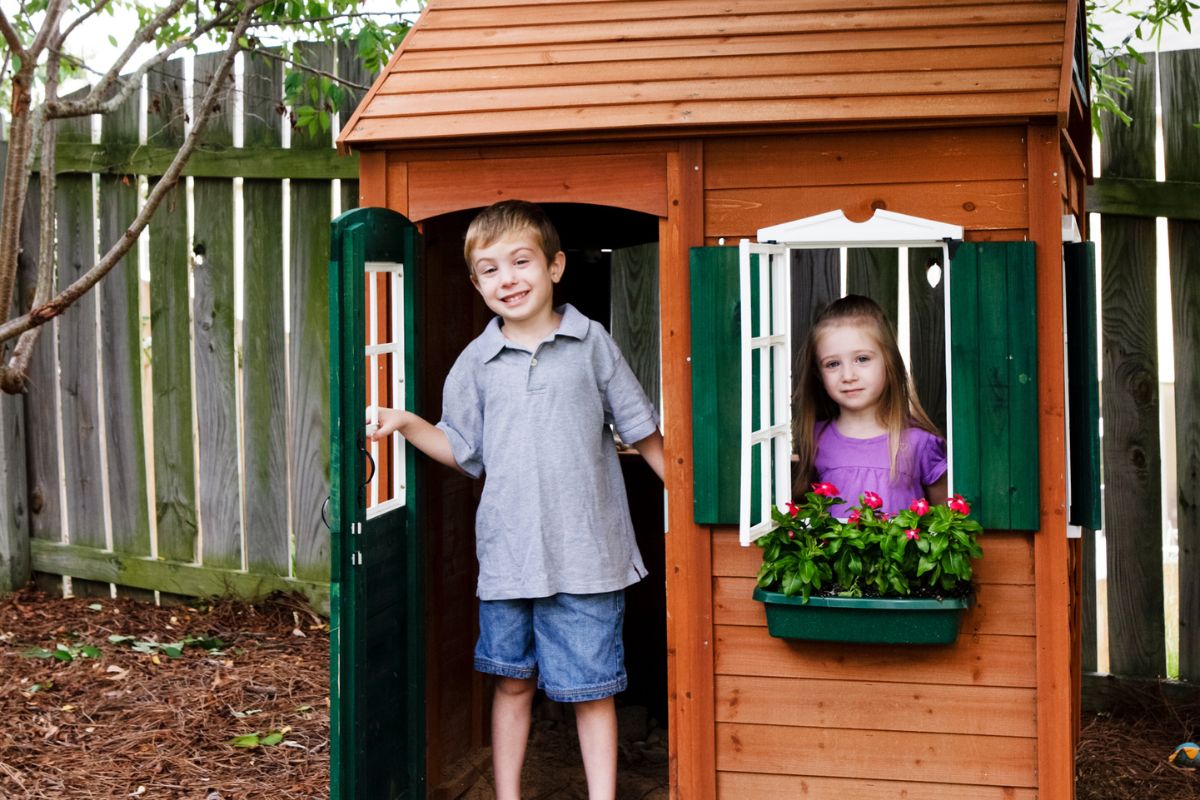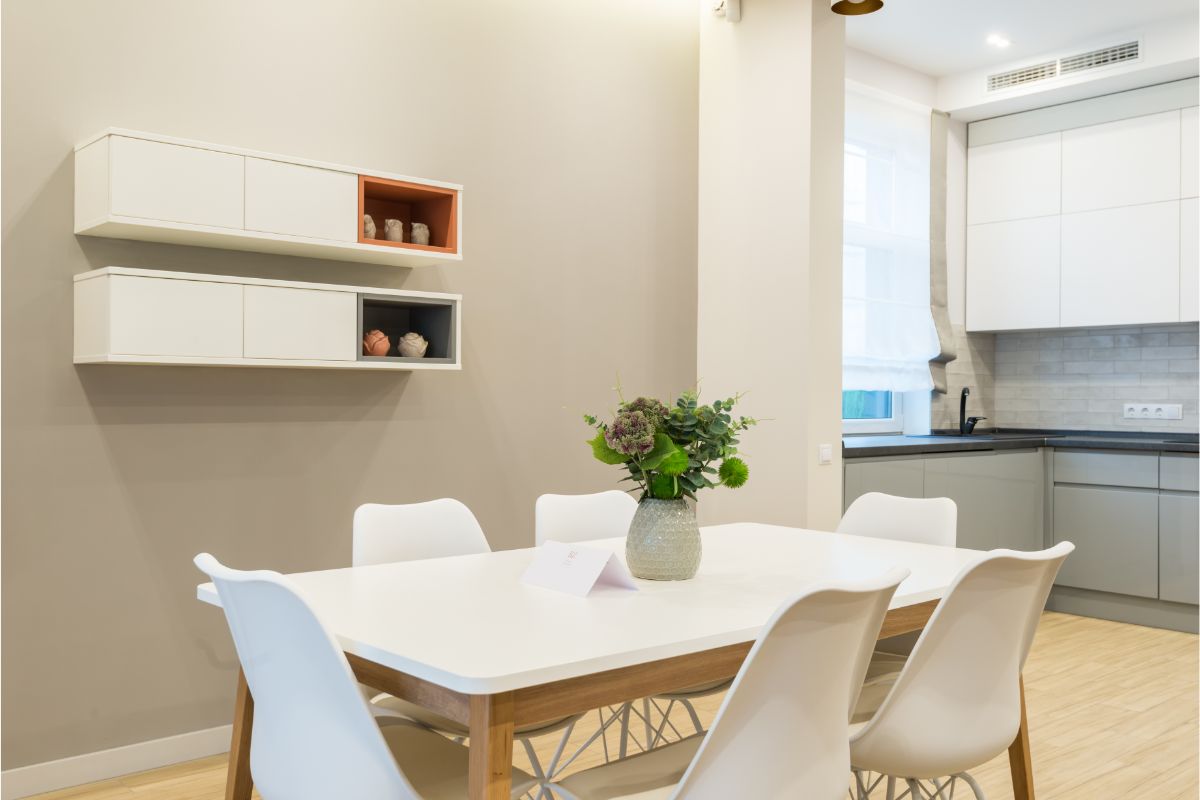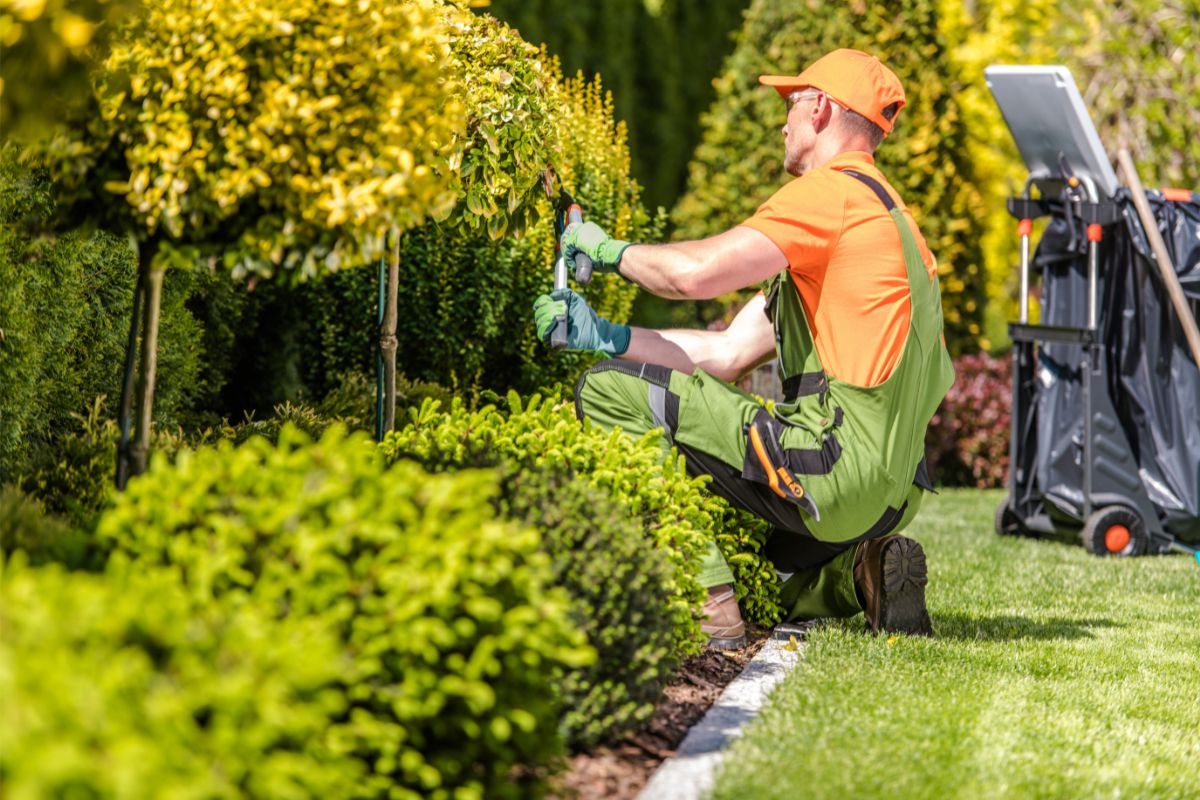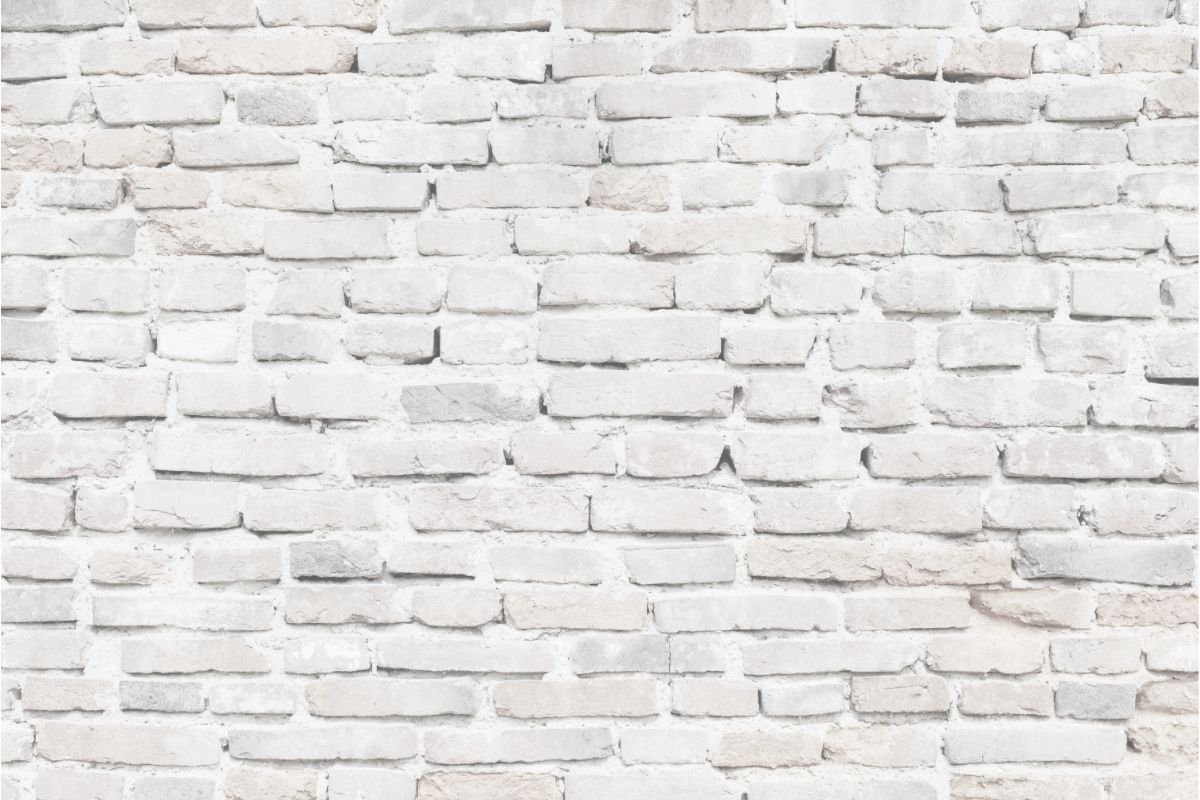Aztec-style garden furniture is a great way to add vibrancy and visual interest to your outside space. Unfortunately, though, many people are limiting their options by only buying store-bought furniture.
![How To DIY An Aztec Garden Dining Table [The Easy Way]](https://style-squeeze.com/wp-content/uploads/2022/10/How-To-DIY-An-Aztec-Garden-Dining-Table-The-Easy-Way.jpg)
Not only does buying from a store narrow down the possibilities for your garden decor, but it’s also often a more expensive option compared to making your own furniture at home.
You might think that making an Aztec-patterned garden dining table from scratch sounds like a lot of hard work, but we’ve written this simple guide to show you that creating unique and fun garden furniture can be easy!
Read on to find out how to DIY an Aztec garden dining table with no fuss or complications.
Materials And Tools
We promised that making a DIY Aztec garden dining table would be easy, and to prove it, we have only used fairly simple materials and tools for the project, such as:
- Pallet wood
- Table legs
- Measuring tape
- Metal rule
- Pencil
- Rubber
- Hand/electric saw
- Sandpaper (or sander if available)
- Electric screwdriver
- Wood drill bits
- Wood screws
- Wood glue
- Wood stain
- Chalk paint
- Top coat
Building The Frame
Once you have all the materials and tools ready, you can get to work making your table! The first stage in making a DIY Aztec (Also check out How To DIY A Wooden Aztec Drinks Tray) garden dining table is constructing the frame, and the process goes like this:
- Take 3 short planks of pallet wood and 3 longer ones and cross them over so that the short ones run perpendicular underneath the long ones.
- Drill pilot holes into the planks of wood and use your wood glue and screws to secure the pieces of wood in the formation described above.
- At this stage, we found it was easiest to attach the table legs so that you can do the rest of the work on a flat, elevated surface. The process for attaching the legs will vary depending on the table legs you have chosen to buy, but it’s usually just a question of drilling a couple more pilot holes in the undersides of the short wooden planks and attaching the legs with screws.
Constructing The Table Top
![How To DIY An Aztec Garden Dining Table [The Easy Way] (1)](https://style-squeeze.com/wp-content/uploads/2022/10/How-To-DIY-An-Aztec-Garden-Dining-Table-The-Easy-Way-1.jpg)
Now that you have the frame for your table and it’s standing sturdily upright, you can move on to constructing the table top. We did it this way:
- Take some more pallet wood planks and lay them down on top of your frame. You’ll probably need to cut these to size, so get your pencil ready and mark where you need to cut the ends off.
- Cut the boards to the correct size using either a hand or electric saw.
- Use your wood screws to attach the planks to your frame so that you have an even tabletop with no significant gaps.
- Now is the time to sand your tabletop to avoid splinters. You could also do this before attaching them if you want, but we personally found it easier to do when they were mounted to the frame horizontally.
- If you have wood left over, you can create edging boards for your table to make the wood seem thicker. Again, this is just a process of cutting the boards to size, sanding them down and attaching them to the edges of the tabletop with wood screws. If you don’t have any long pieces of wood left, you can always use several smaller pieces for each side. Remember, this is a DIY project, so it doesn’t need to look perfectly refined. In fact, we feel that the homemade, rustic look is part of the overall charm.
Creating The Pattern
You should have a solid table frame and a completed tabletop at this point, and they should be securely held together by the wood screws.
That means you can move on to the fun part of this projectL creating the Aztec pattern! There are several ways you could approach this artistic effect, but we found that the following process worked for us:
- Get your pencil and metal rule and draw out your design. There are many different Aztec-style patterns you could choose from, so do a little online research to find some inspiration. Make sure to draw your initial design in pencil and not ink so that you can erase or paint over it easily if you change your mind.
- Now you can get your wood stain and chalk paint out and paint over your design sketch. We recommend experimenting with the different paints available to you beforehand to see what different effects you can create and how they complement each other. For example, chalk paint is perfect for a lime-washed look, and you can use graphite chalk paints specifically to recreate different wood finishes. Of course, feel free to leave some of the natural wood visible as well since this can really add to the rustic feel of your design.
- This part is optional, but if you want to make your Aztec-style garden table look even more rustic and you have a cutting tool available, you can cut grooves and indents into the surface of the tabletop. If you do this after painting, it might smudge slightly, so only do this step if you’re prepared to do a little touching up afterward.
- Once you’re happy with the look of your design, you can go ahead and apply a few layers of a clear top coat. Outdoor varnish is best, but clear wax or a simple wood oil works as well. Make sure to let each coat dry before applying the next.
Final Thoughts
We hope that this short guide has shown you that making garden furniture, even with a hand-painted Aztec pattern, by hand isn’t as complicated as you might have thought.
Remember to use materials and paints that are designed for outdoor use if you can since this will help to preserve your work for longer.
Of course, make sure that any paint, including the top coat, is fully dry before adding more paint or putting any objects on your table.
- The Woodworkers Guide to Brad Nailers: Everything You Need to Know - September 25, 2023
- How To DIY An Aztec Garden Dining Table [The Easy Way] - October 18, 2022
- Farrow & Ball Pigeon: Is It Right For Your Home? - October 17, 2022








